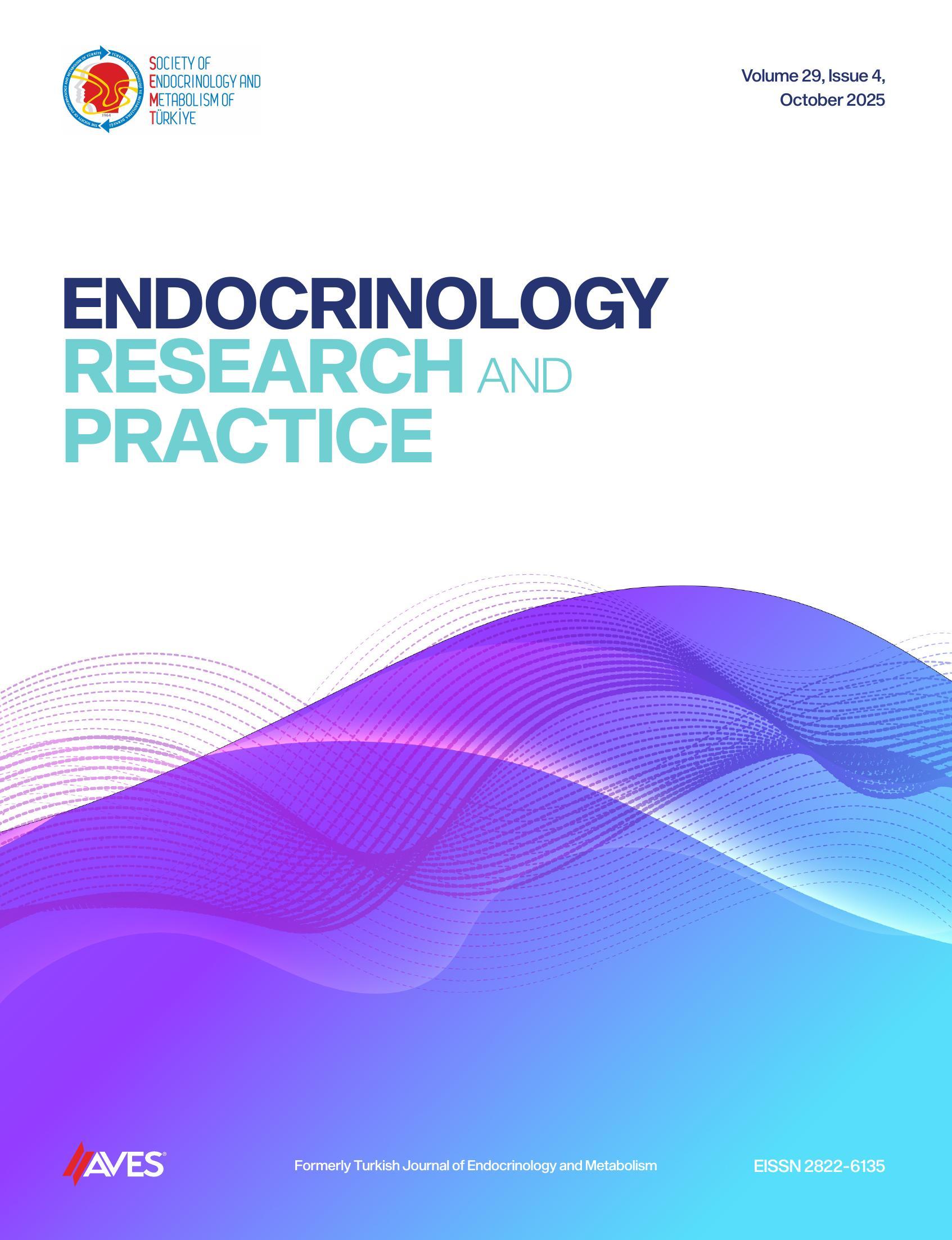Objective: Cardiometabolic disorders are among the most important causes of death. In various studies, the staff is examined in different categories according to their occupation, one of which is the division of the staff into white-collar and blue-collar workers. In this study, intend to examine the cardiometabolic risk factors among the white- and blue-collar staff of a large automaker industry in Tehran, Iran.
Methods: This descriptive and observational study was implemented cross-sectionally on 15,136 workers of a big automaker industry in 2022 in Tehran, Iran. In this study, lipid profile, metabolic syndrome based on International Diabetes Federation (IDF) criteria, and cardiometabolic risk fac- tors including Castelli risk I, II, TG/HDL, non-high-density lipoprotein (HDL) cholesterol, Atherogenic Coefficient, and Lipid Comprehensive Index of the 2 blue- and white-collar staff categories were examined, described, and compared.
Results: The average age of all participants was 42.2 years with a standard deviation of 6.6. Approximately 30% of the participants had a body mass index (BMI) above 30 and were considered obese. The total prevalence of metabolic syndrome was 18.4% according to theIDF criteria. Among all of the participants, 10.2% had CRR > 5, 2.1% had LDL/HDL > 3.5, 55% had TG/HDL > 3. 8% had AIP ≥ 0.24, and 42.9% had non-HDL cholesterol >130. Additionally, out of the 12 risk factors examined, 8 were more prevalent in white-collar workers, and 4 were more prevalent in blue-collar workers. Based on linear regression analysis to investigate the relationship between occupational group (white-collar and blue-collar workers) and cardiometabolic indicators, it was found that there is a significant correlation between Castelli Risk I, II, TG/HDL, Atherogenic Coefficient Plasma, and the type of work (occupational group).
Conclusion: In this study, white-collar workers in the automaker industry were exposed to a higher risk of cardiometabolic risk factors than blue-collar workers. To prevent noncommunicable diseases, necessary preventive programs should be included in automaker industries’ career health programs.
Cite this article as: Eftekhari S, Mehrdad R, Naserpour M, et al. A descriptive study on the examination of cardiometabolic disorder risk factors and the comparison among the white and blue-collar workers of a big automaker company in Iran. Endocrinol Res Pract. 2025;29(3):183-194.

-1(1).png)

.png)